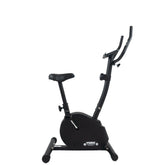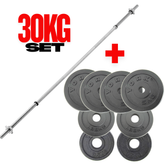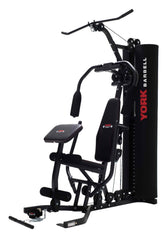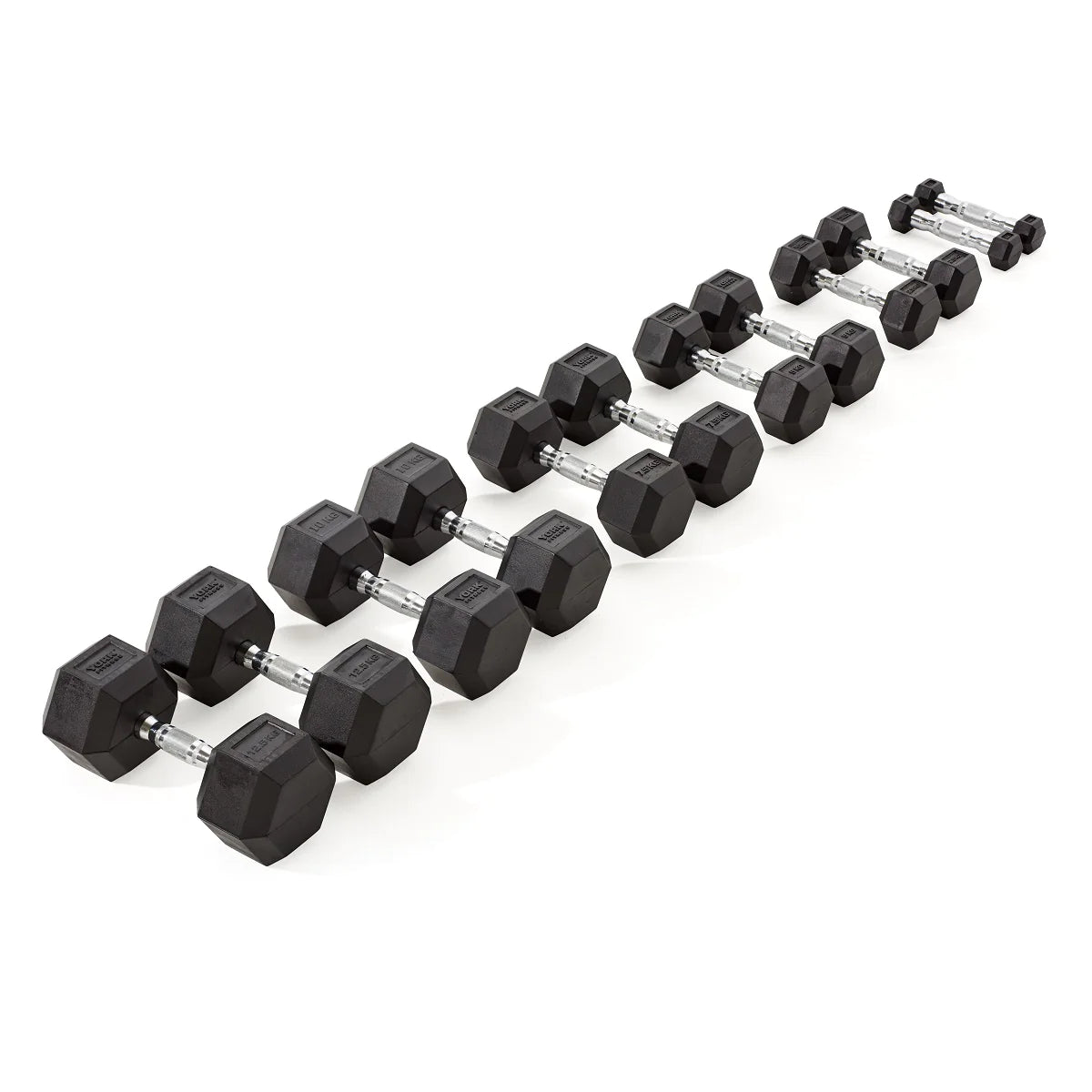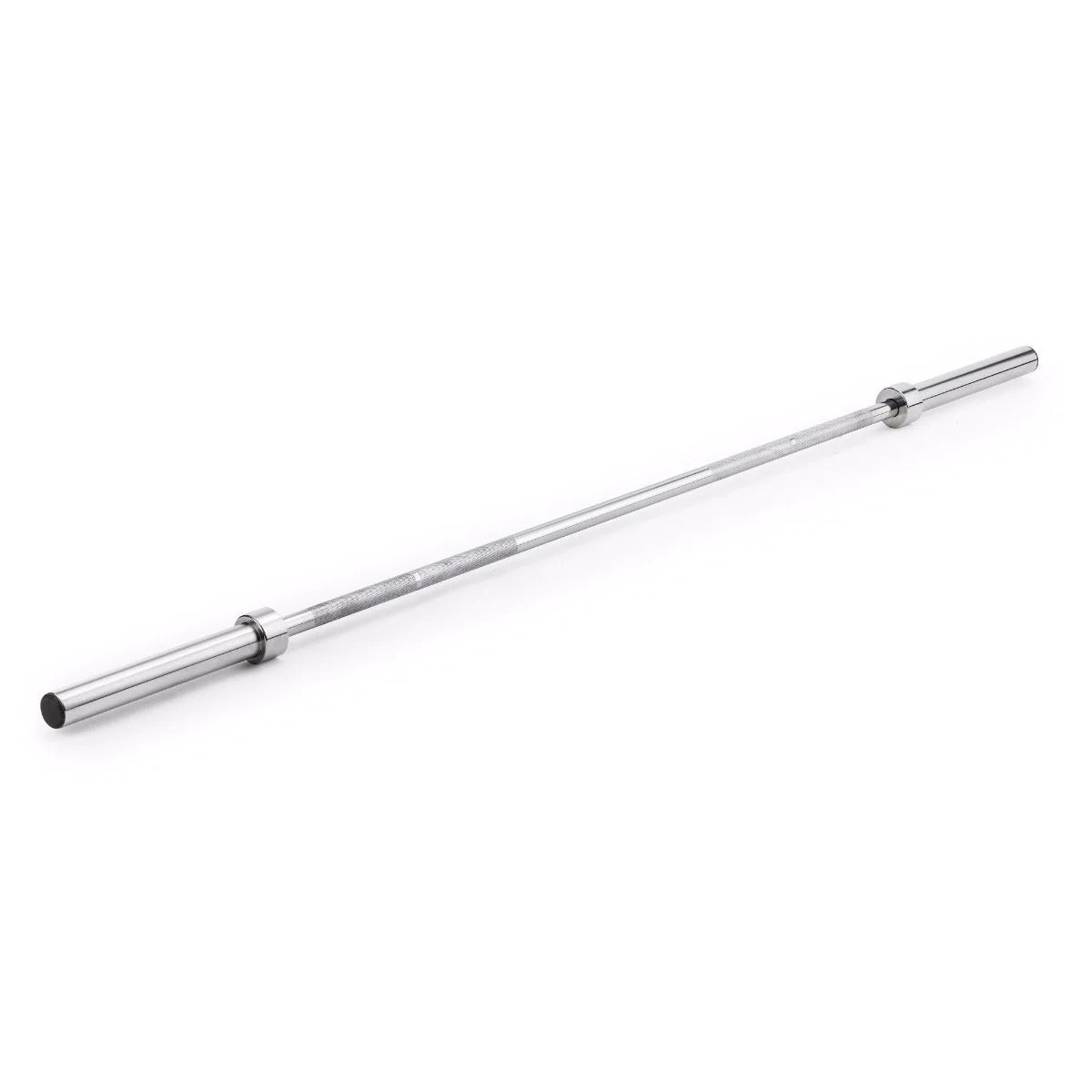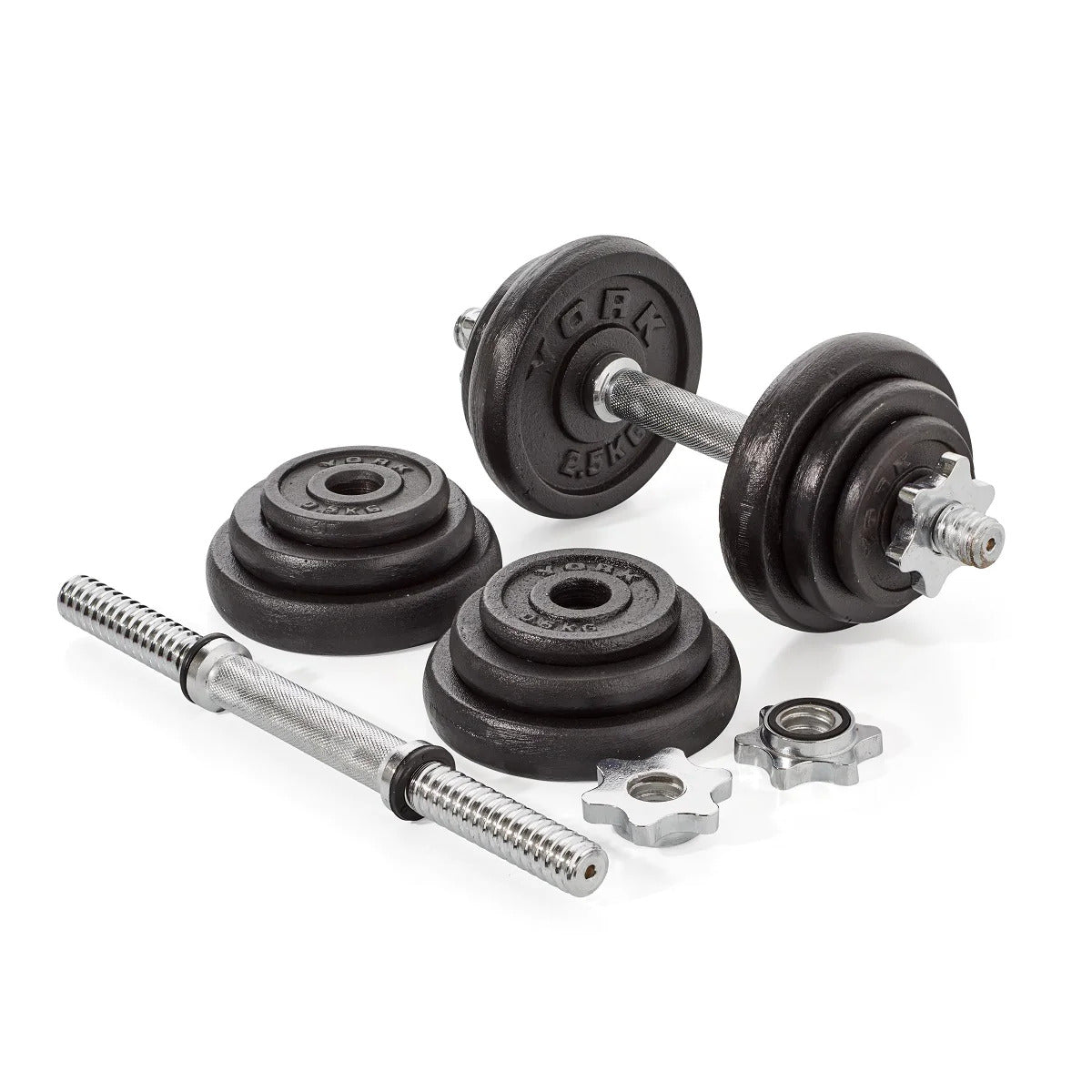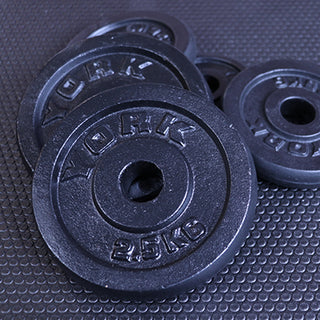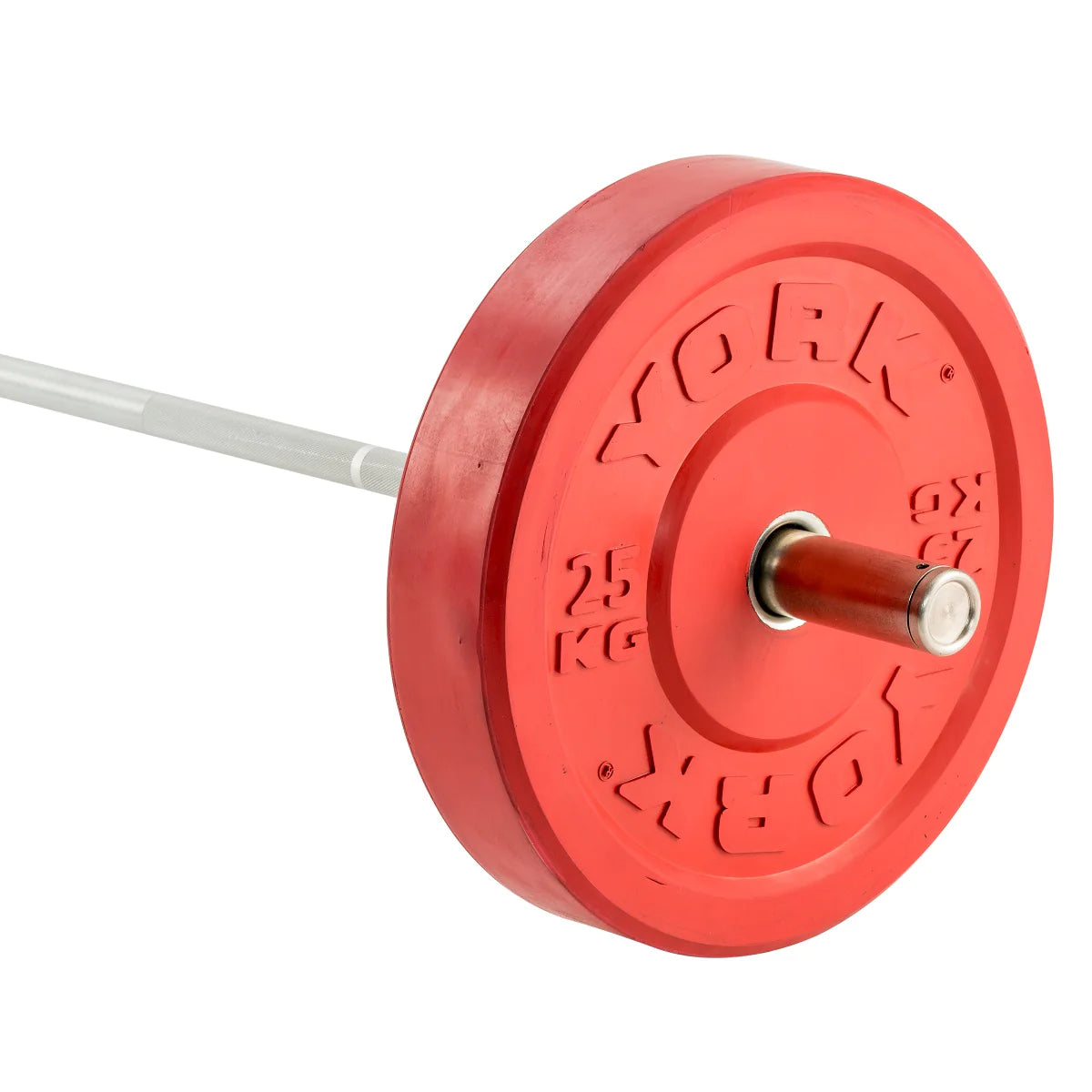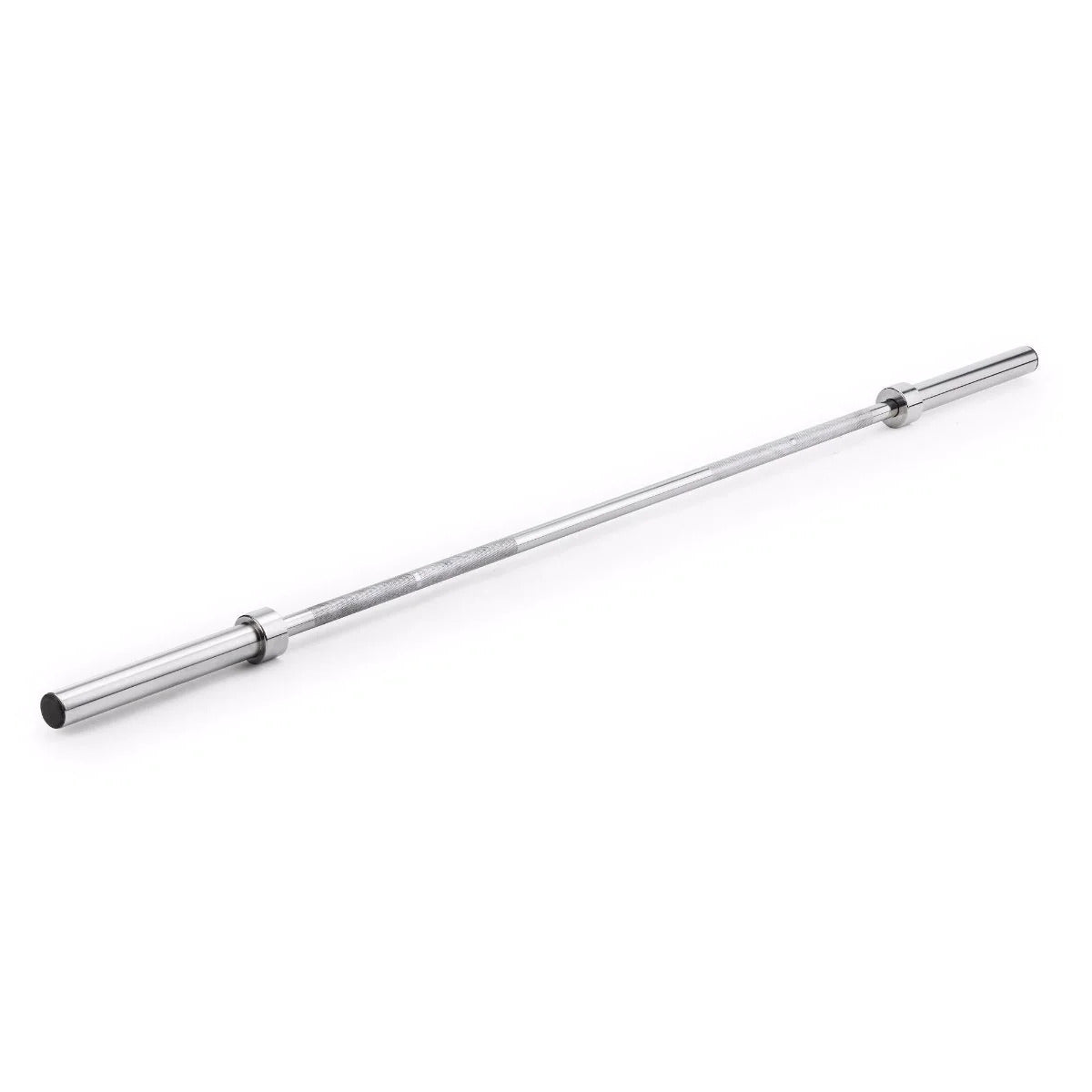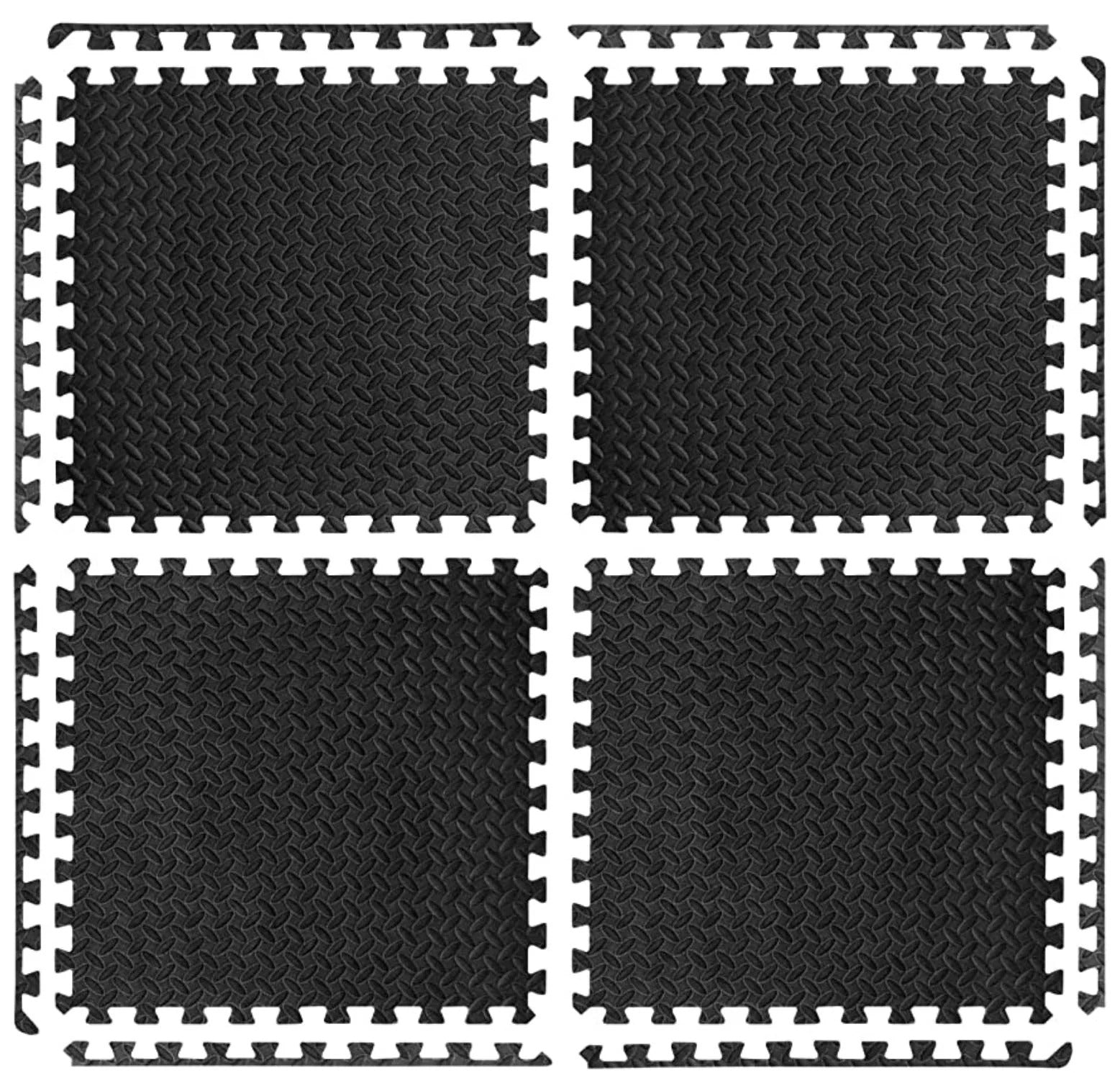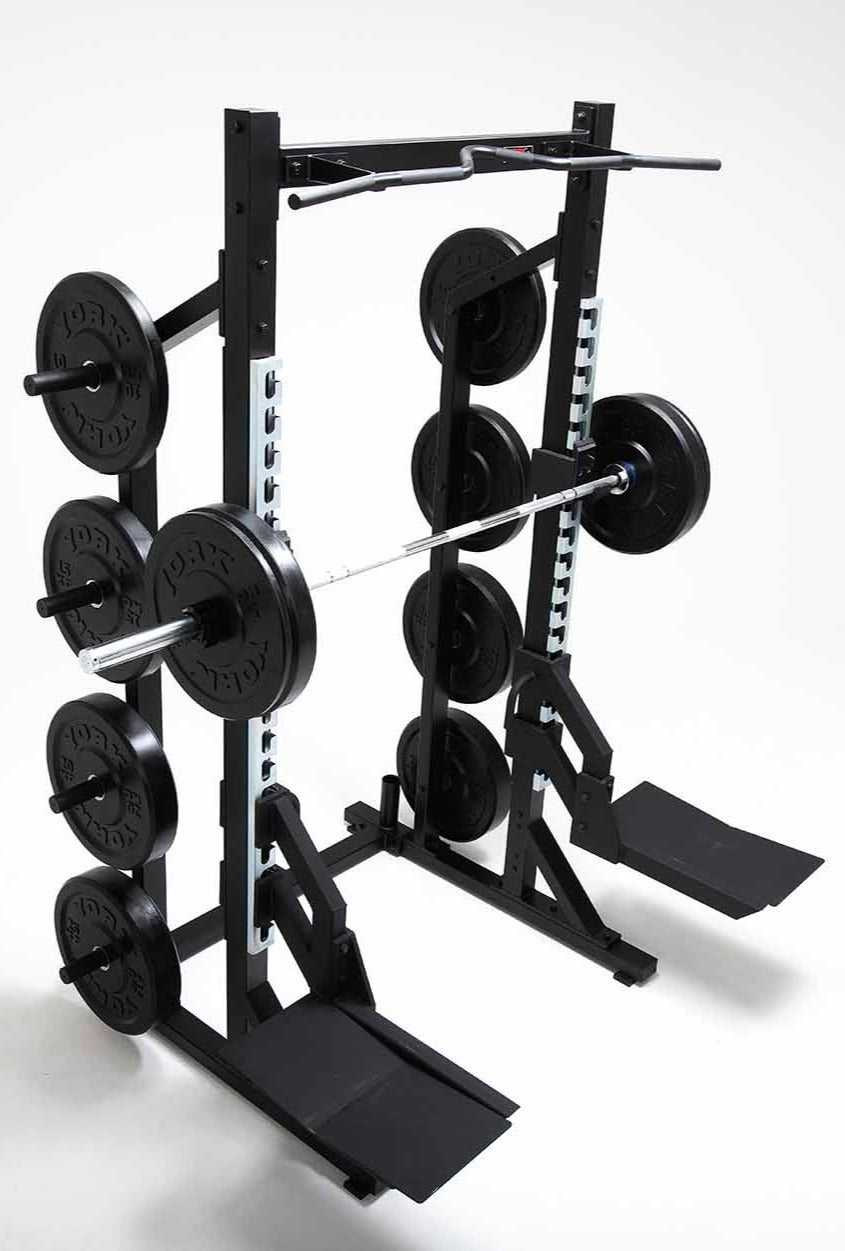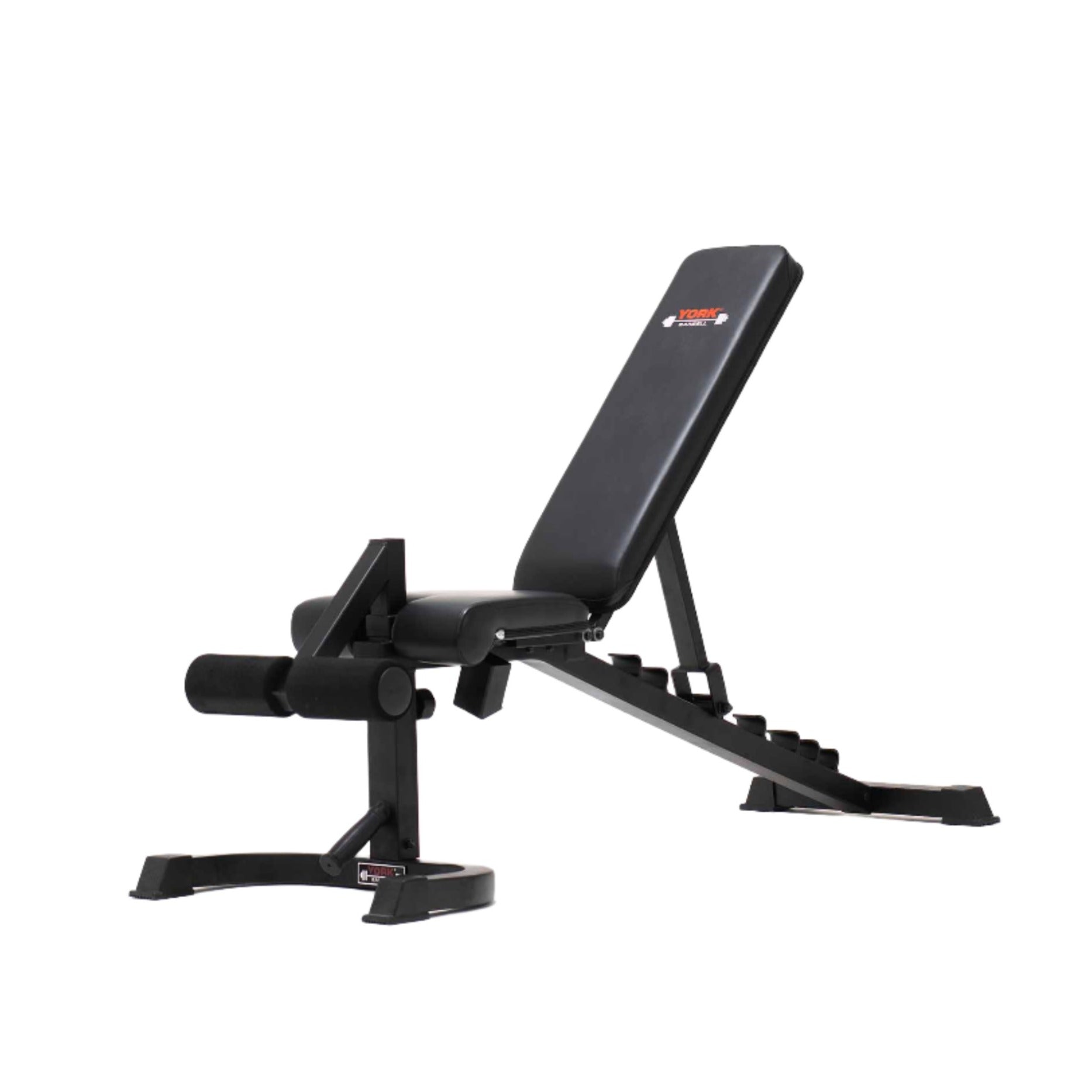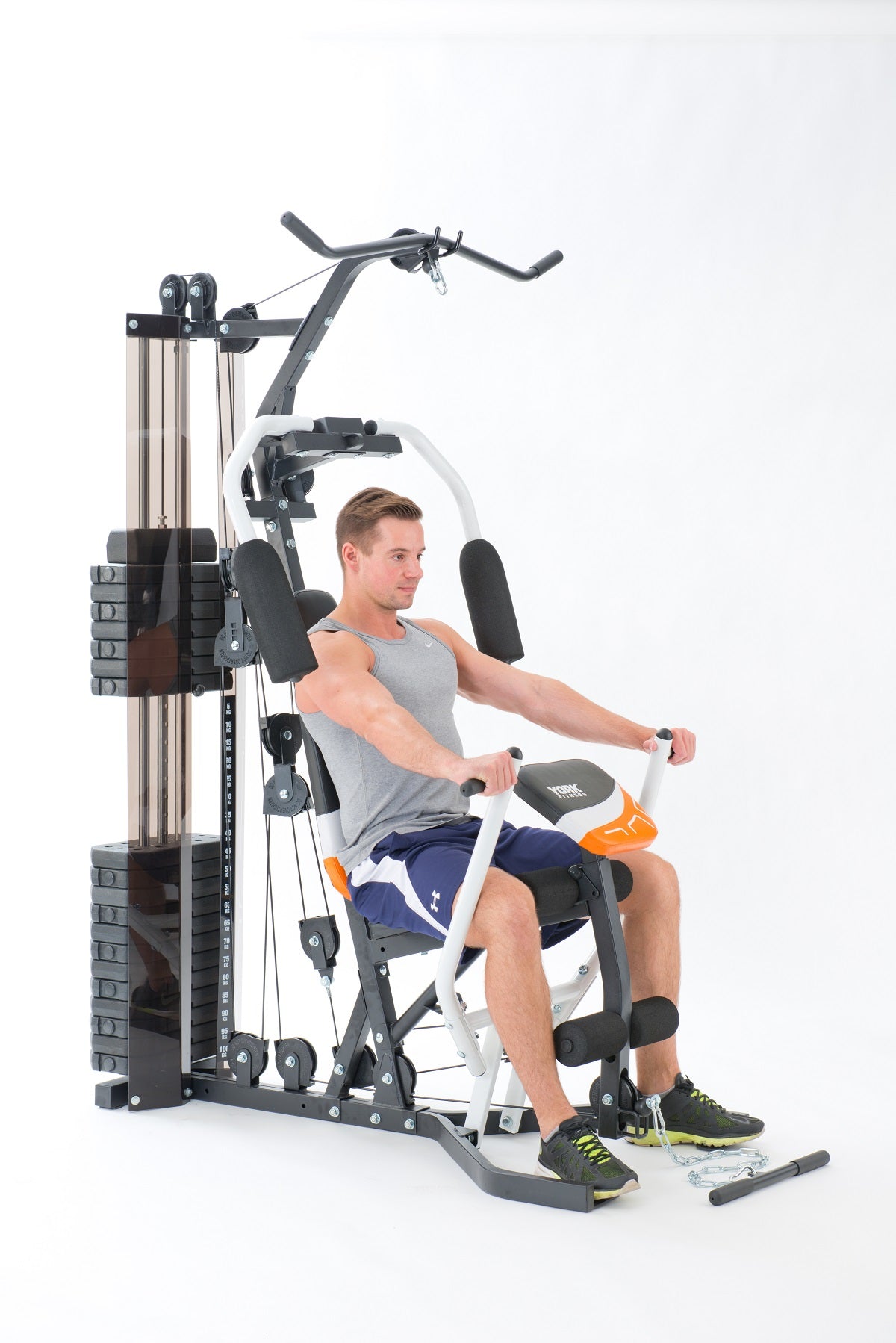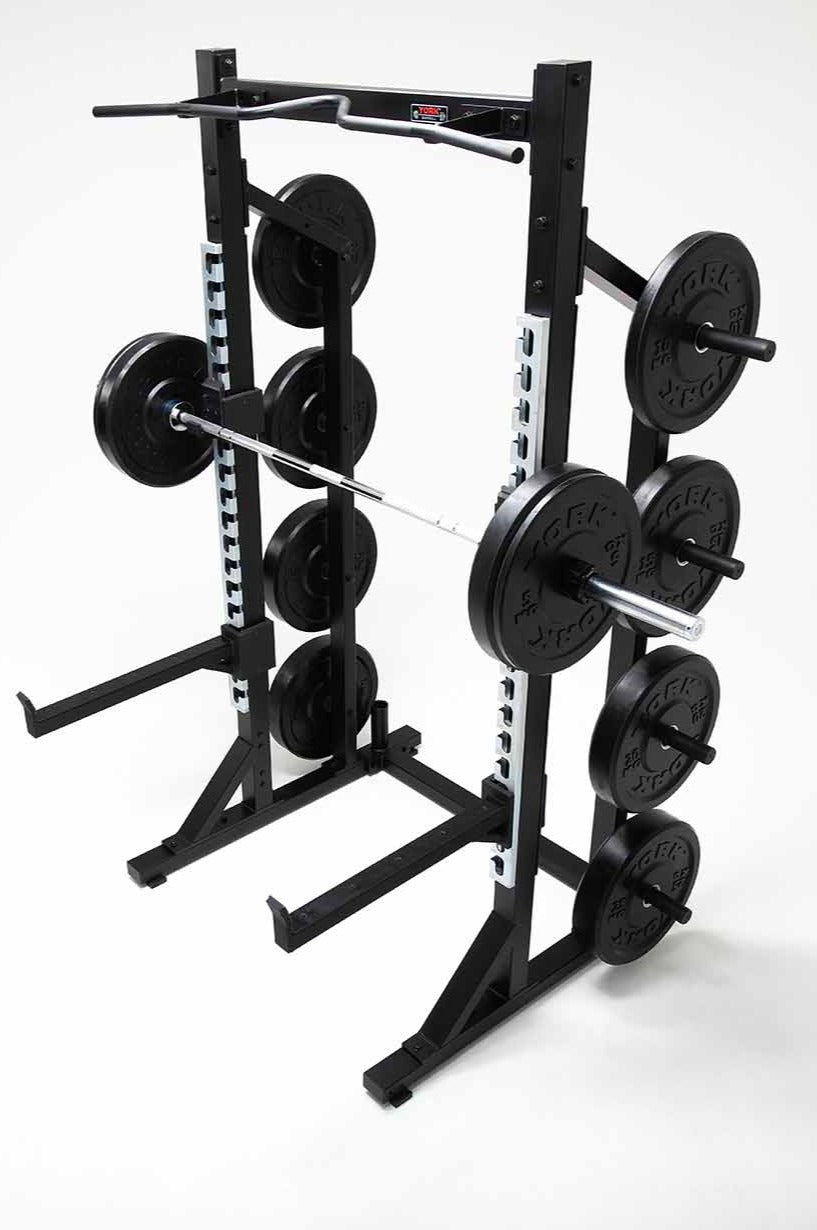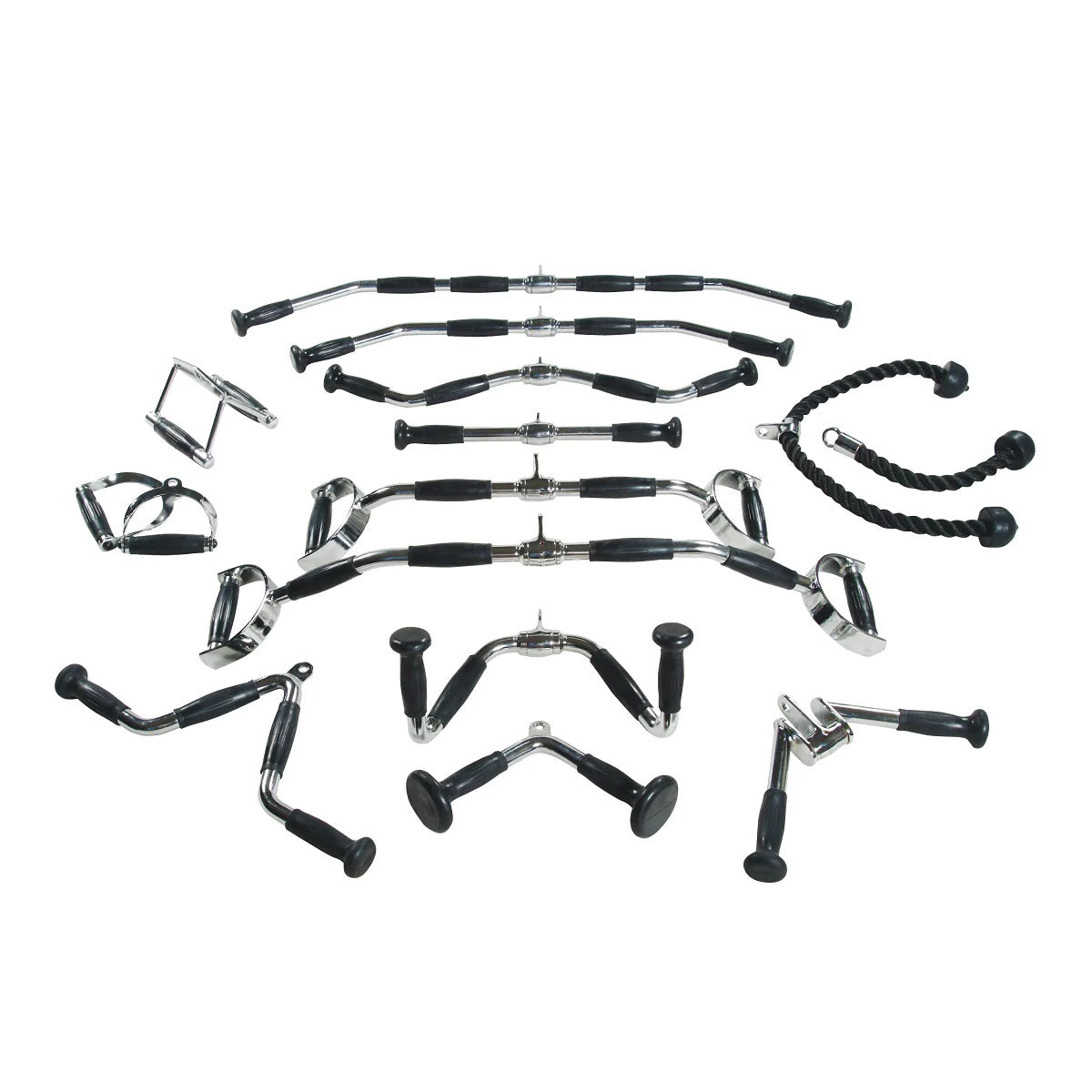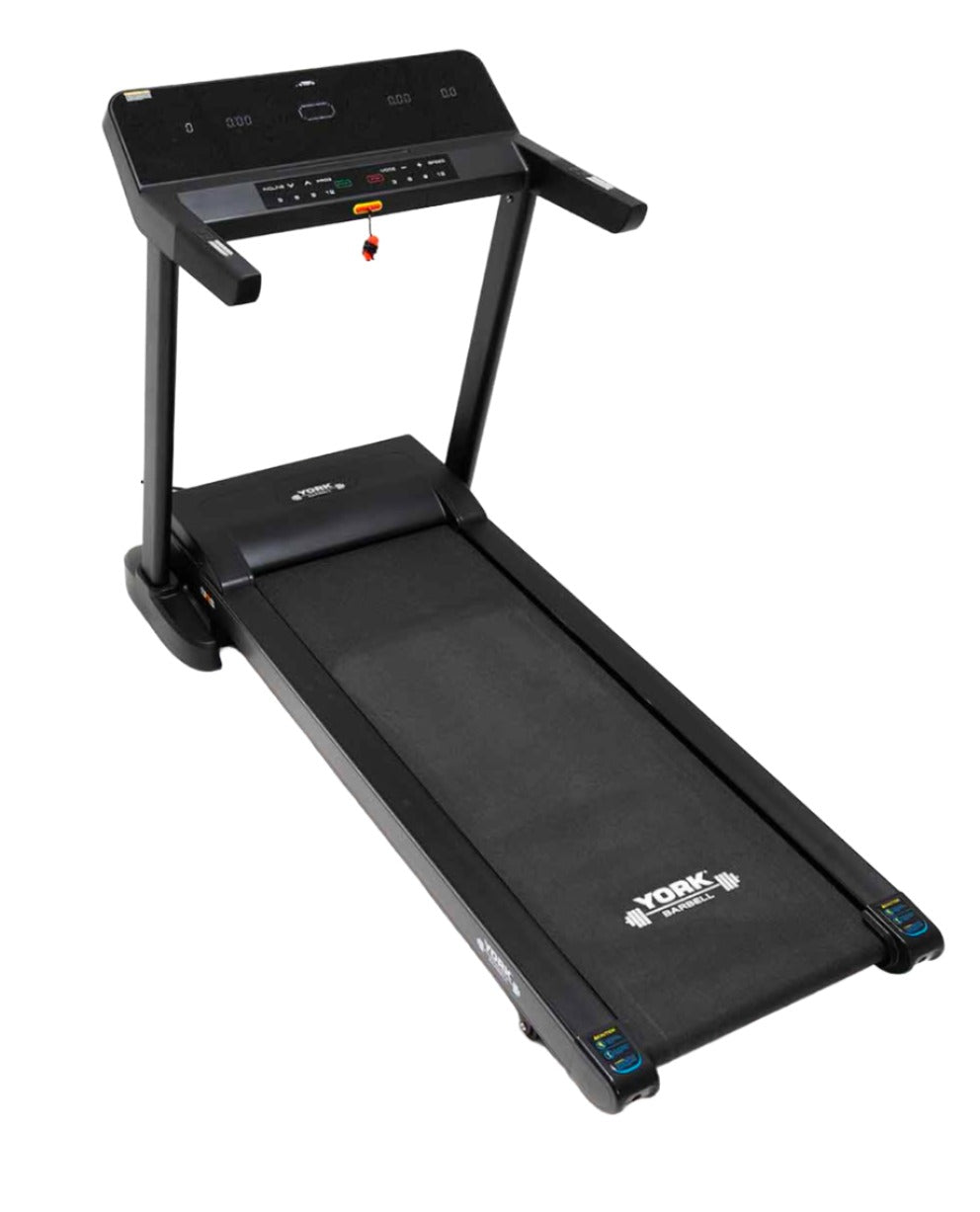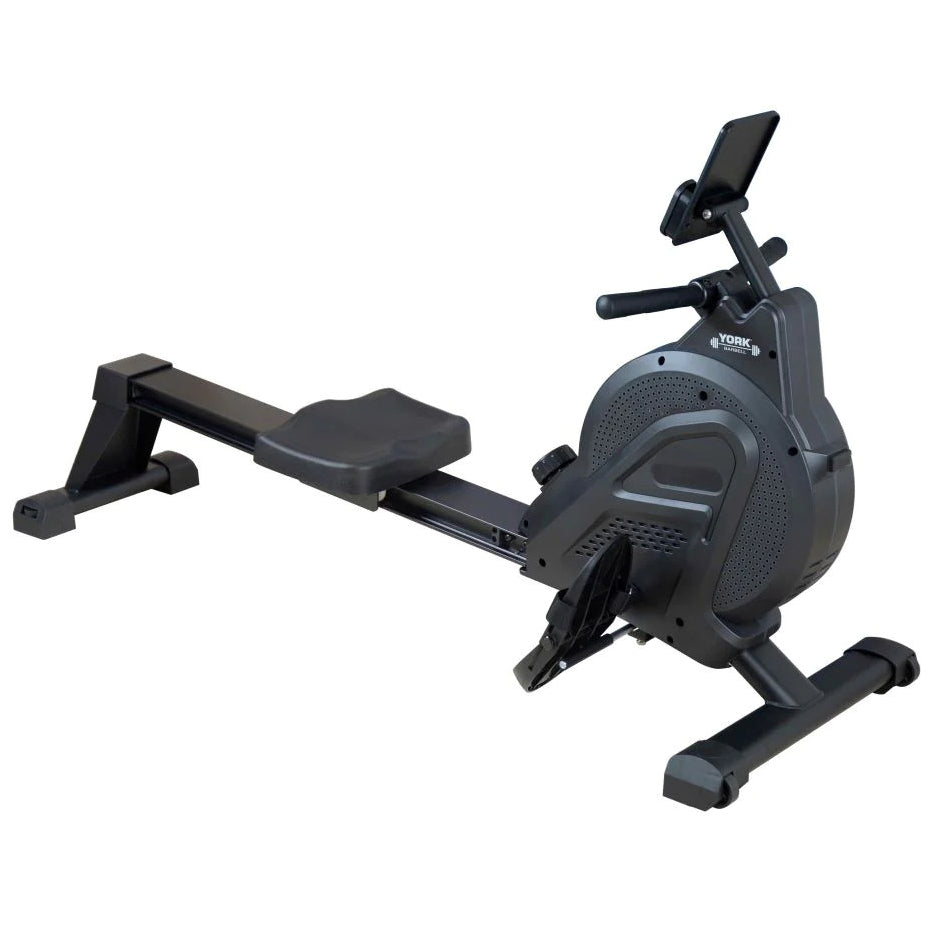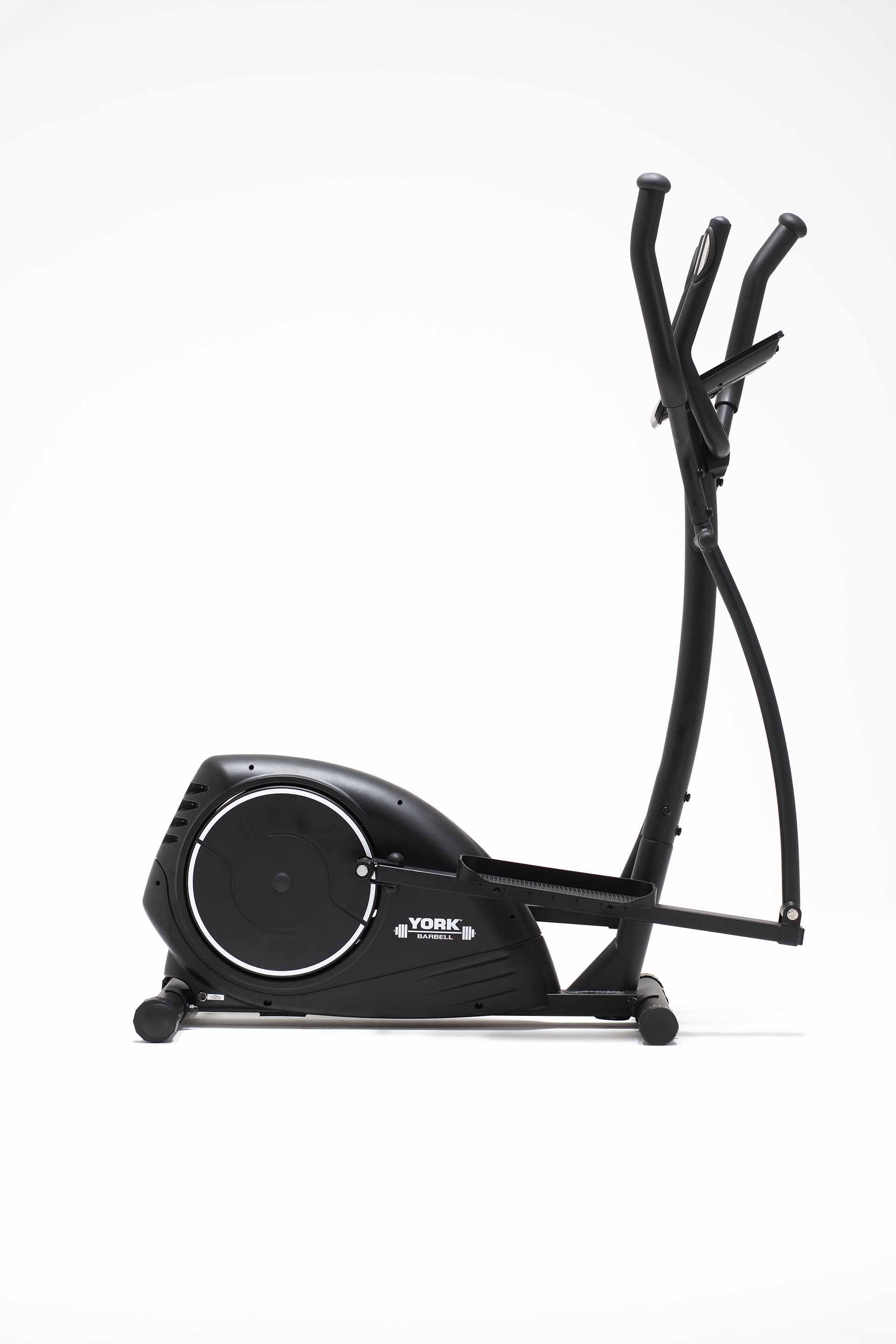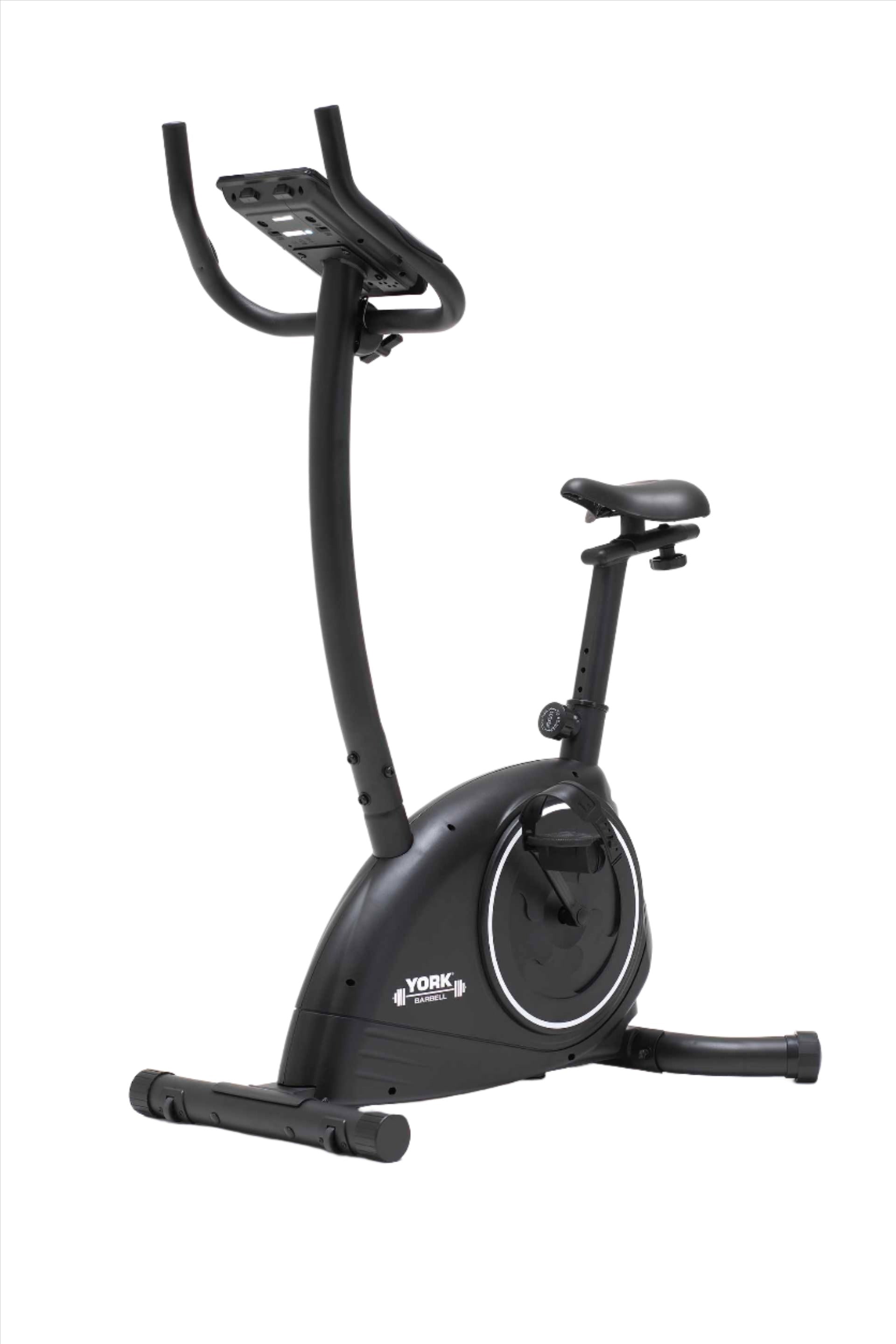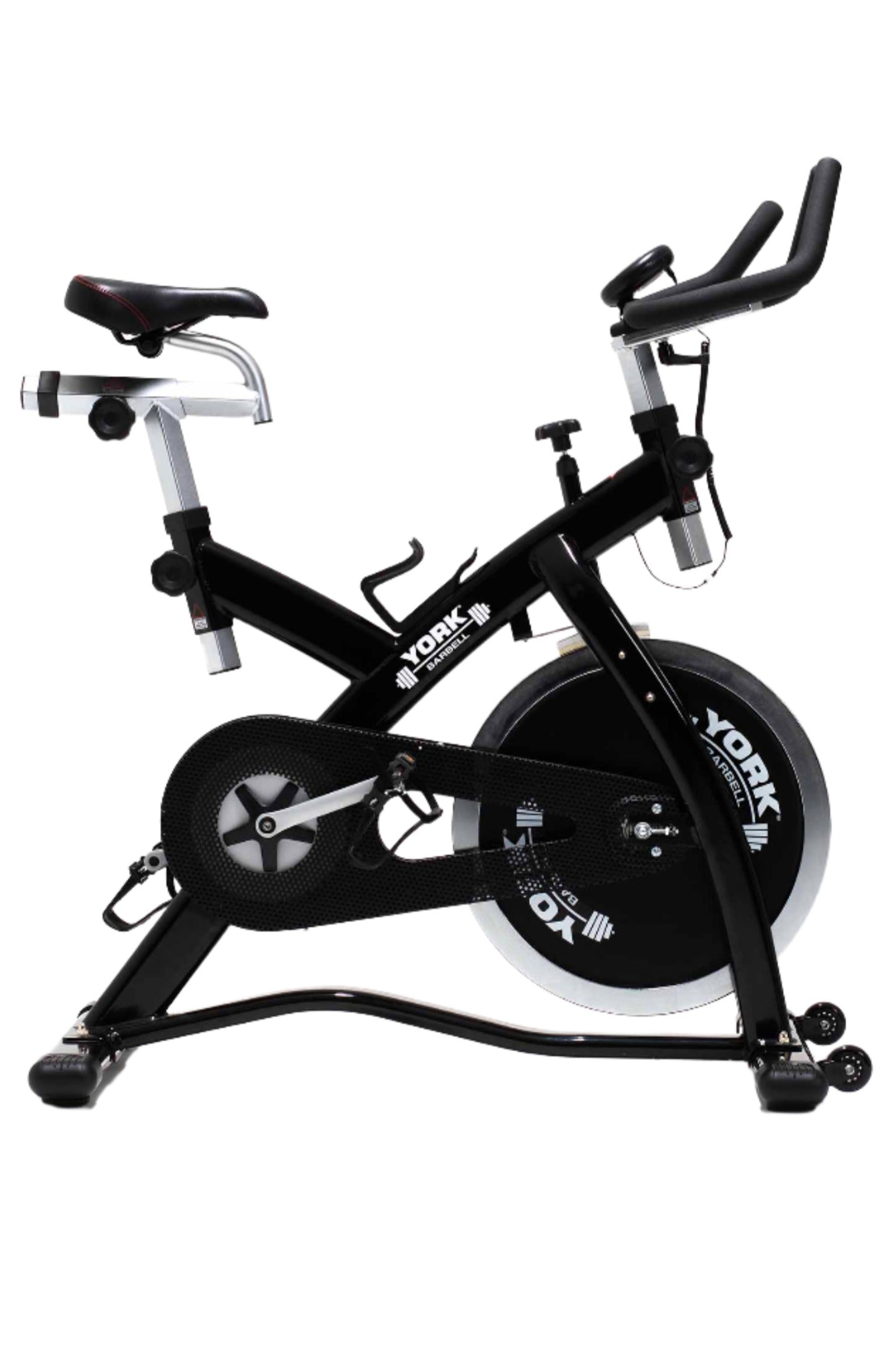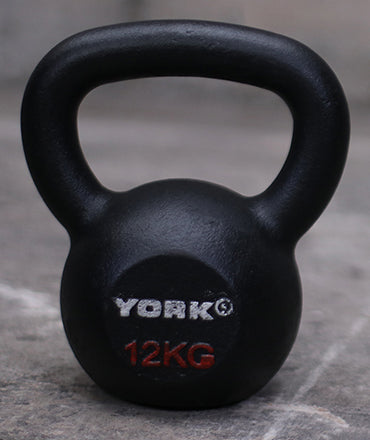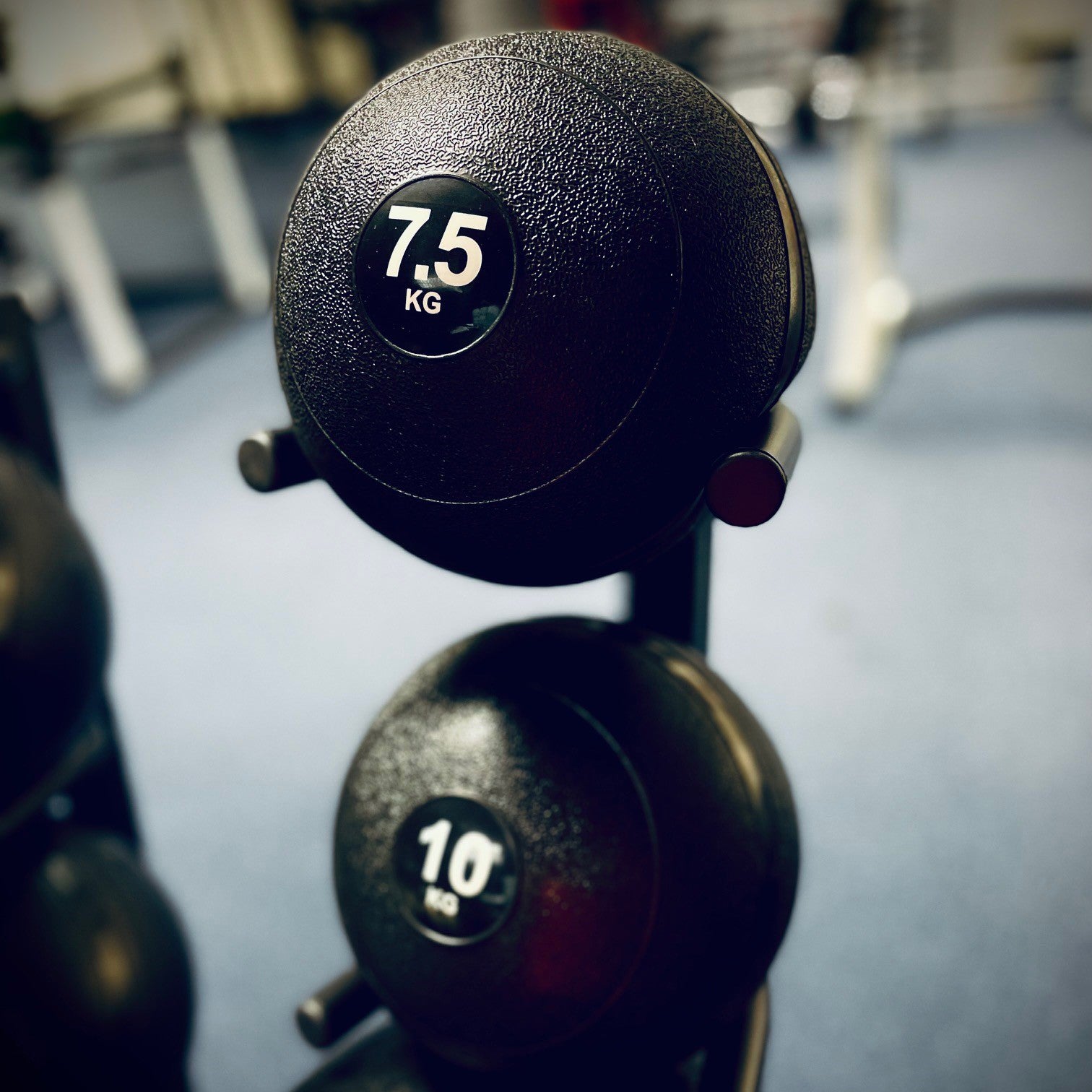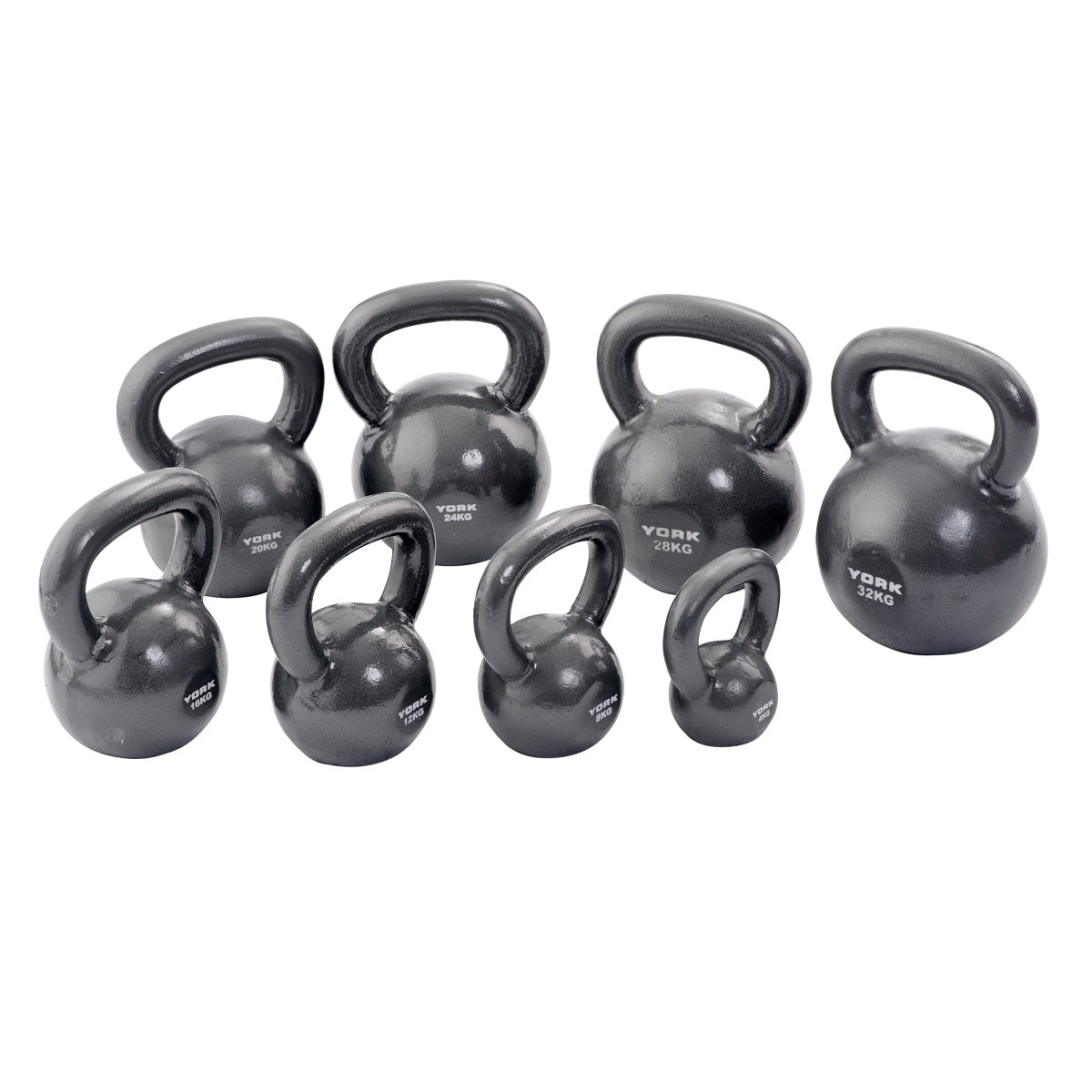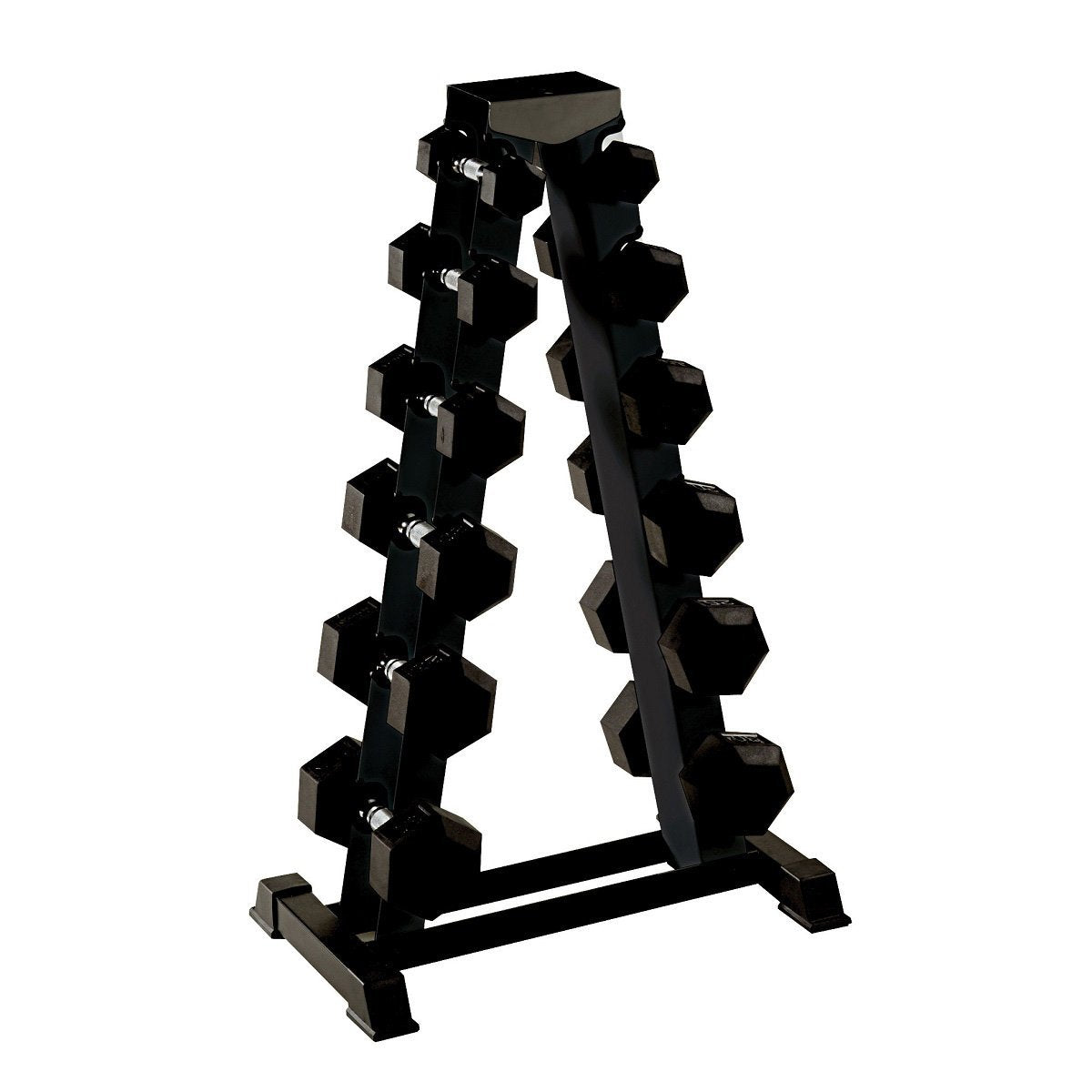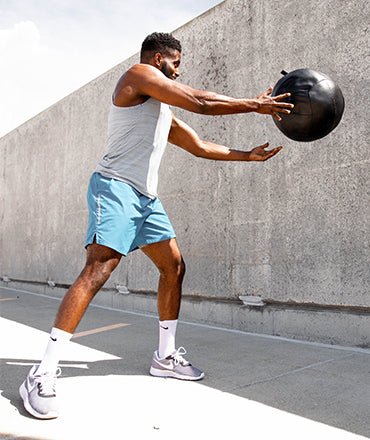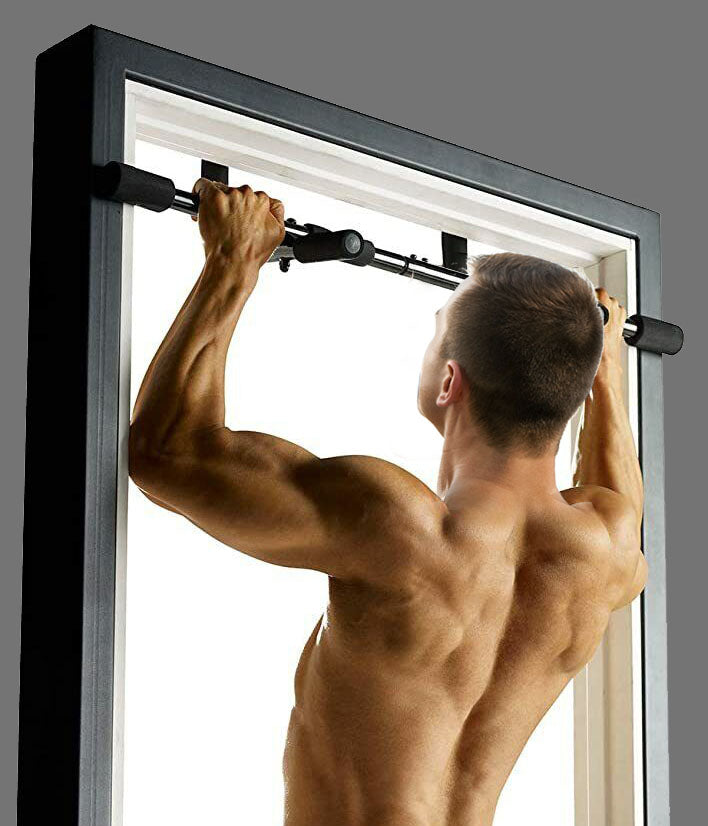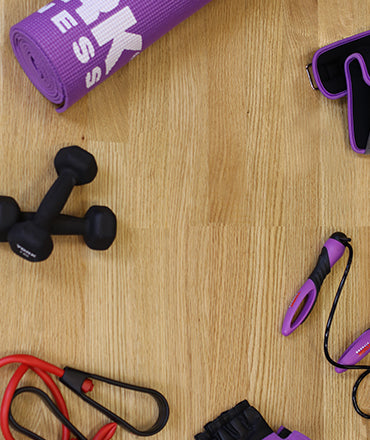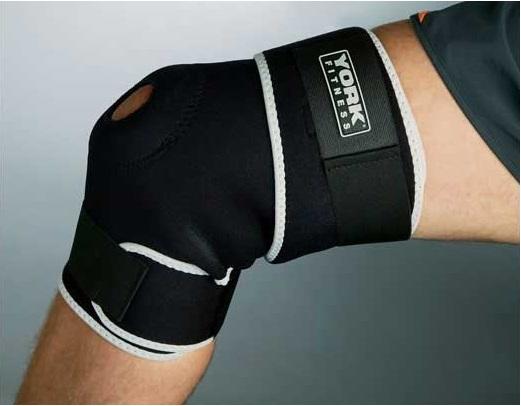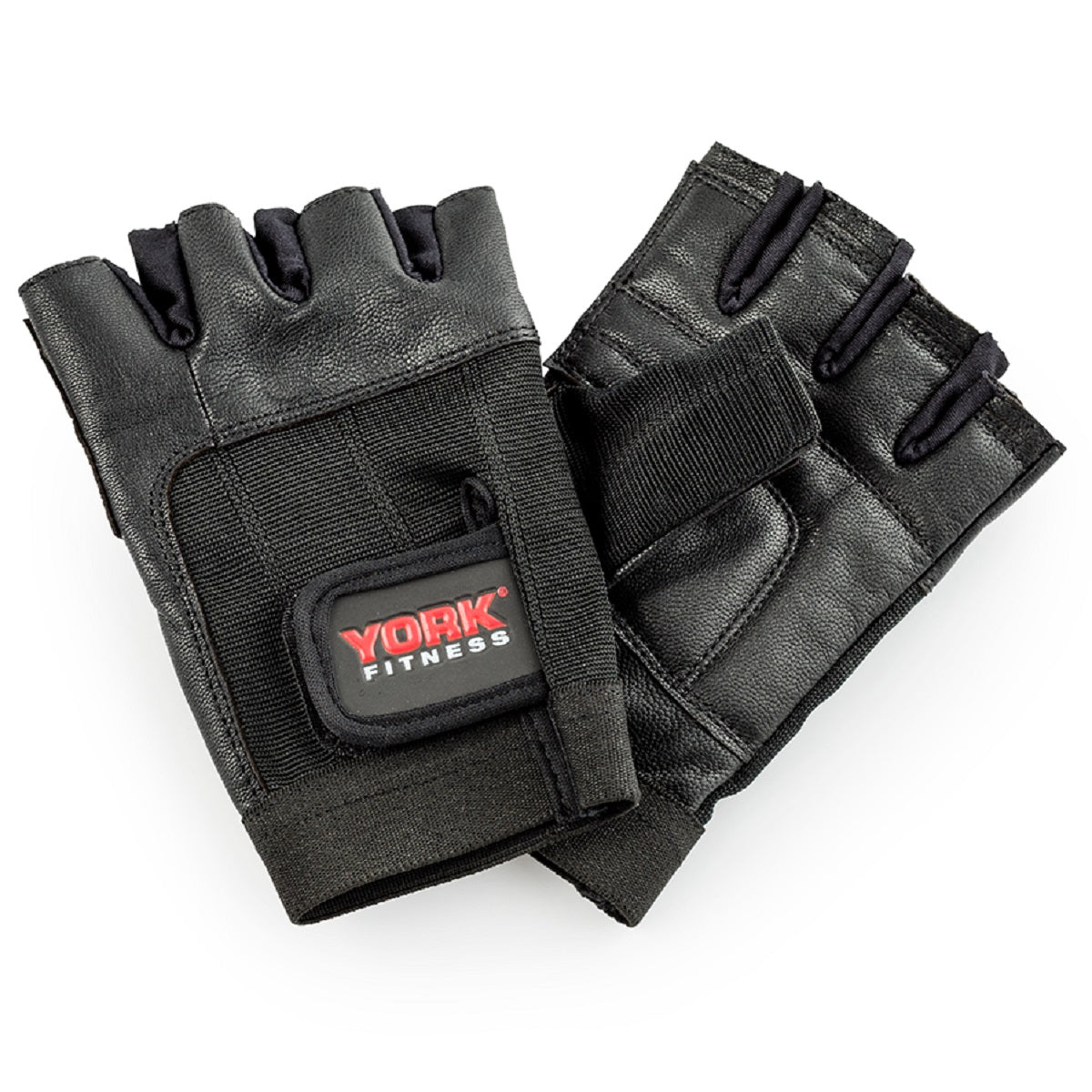Training Plateaus: Strategies to Beat Them
Training plateaus can be one of the most frustrating challenges that weightlifters and bodybuilders face in their fitness journey. After weeks or months of hard work and dedication, you suddenly find yourself stuck, unable to make any progress. Your strength gains have plateaued, and your muscle growth has come to a screeching halt. But don't despair! Plateaus are a natural part of the training process, and there are effective strategies to overcome them. In this article, we will explore the causes of training plateaus and provide you with actionable strategies to break through and continue your journey toward your fitness goals.
Understanding the Plateau
Before we dive into the strategies to break through plateaus, let's first understand what a plateau is and why it occurs.
A plateau is a point in your training where you stop making progress. It can happen in various aspects of your fitness journey, including strength, muscle growth, and even fat loss. Plateaus occur when your body has adapted to the stress you've placed on it through your workouts. This adaptation leads to decreased muscle stimulation, which in turn halts further progress.
Common signs of a plateau include:
- Stagnant Strength: You find it challenging to increase the amount of weight you can lift, and you struggle to add more repetitions or sets to your workouts.
- Lack of Muscle Growth: Your muscles seem to have stopped growing, and you're no longer noticing changes in size or definition.
- Decreased Motivation: Frustration and a lack of motivation can creep in when you're not seeing the results you desire.
- Repetitive Workouts: You might feel like you're stuck doing the same workouts, week after week, without any variation.
- Injury Risk: Pushing harder to break through a plateau can increase your risk of injury due to overtraining.
Strategies to Overcome Plateaus
-
Periodisation
One effective strategy for breaking through training plateaus is the implementation of periodisation. Periodisation is a systematic approach to structuring your workouts, cycling between different phases to prevent adaptation and maximise gains.
There are various types of periodisation, but two common approaches are linear periodisation and undulating periodisation.
- Linear Periodisation: In this method, you progressively increase the weight and decrease the number of repetitions throughout a training cycle. For example, you might start with higher reps and lower weight and gradually shift to lower reps and heavier weights.
- Undulating Periodisation: This approach involves regularly changing the rep ranges, intensity, and exercises within a training cycle. For instance, you might have high-rep, low-weight days followed by low-rep, high-weight days.
Periodisation keeps your muscles guessing and prevents them from adapting to a constant routine. This variation in training stimulus can help you overcome plateaus by continuously challenging your muscles in new ways.
-
Change Your Routine
If you've been doing the same exercises, sets, and repetitions for a long time, your body may have adapted, leading to a training plateau. To break through, consider changing your workout routine regularly.
- Exercise Selection: Swap out some of your go-to exercises with variations that target the same muscle groups. For example, if you regularly perform back squats, switch to front squats or Bulgarian split squats.
- Rep and Set Changes: Modify your rep and set schemes. If you've been doing 3 sets of 10 reps, try 5 sets of 5 reps or 4 sets of 12 reps. These changes can challenge your muscles in new ways.
- Exercise Order: Alter the order in which you perform exercises. Changing the sequence can affect the intensity and muscle engagement during your workout.
- Tempo Variation: Adjust the tempo of your repetitions. Slower repetitions can increase time under tension, promoting muscle growth and strength gains.
-
Incorporate New Movements: Introduce new exercises into your routine to work different muscle groups or improve weak areas. For example, if you've neglected mobility and flexibility exercises, add them to your warm-up or cooldown.
-
Progressive Overload
Progressive overload is the fundamental principle of strength training. It involves gradually increasing the stress placed on your muscles, which encourages them to grow and adapt.
To apply progressive overload effectively:
- Increase Weight: Gradually increase the amount of weight you lift over time. This can be achieved through small, incremental increases with each workout.
- Add More Repetitions: Aim to perform more repetitions with the same weight before increasing it. As you build endurance, you can then progress to heavier weights.
- Decrease Rest Time: Reducing the rest intervals between sets and exercises can intensify your workouts and lead to increased muscle stimulation.
- Improve Form and Technique: Focusing on perfecting your form and technique can make your exercises more challenging. It ensures that you're recruiting the targeted muscles effectively.
-
Use Resistance Bands and Chains: Incorporating resistance bands and chains can create variable resistance, making the lifting phase more difficult as you move through the full range of motion.
-
Nutrition and Recovery
Your diet and recovery play a crucial role in overcoming plateaus. Make sure you're providing your body with the fuel and rest it needs to perform at its best.
- Caloric Surplus: If your goal is muscle growth, ensure you're consuming enough calories to support your workouts and muscle repair. A slight caloric surplus can be beneficial during a plateau.
- Protein Intake: Protein is essential for muscle repair and growth. Ensure you're getting an adequate amount of protein in your diet to support your training.
- Rest and Sleep: Rest and sleep are when your body repairs and grows. Aim for 7-9 hours of quality sleep per night to aid recovery.
- Hydration: Dehydration can impact your performance. Stay hydrated before, during, and after your workouts to maintain optimal strength and endurance.
-
Supplements: Consider using supplements like creatine, which can help improve strength and muscle growth. Consult with a healthcare professional before adding any supplements to your regimen.
-
De load Periods
Sometimes, the best way to overcome a plateau is to take a step back. De load periods involve reducing the intensity and volume of your training for a week or two.
A de load week might include:
- Lowering the weight you lift.
- Decreasing the number of sets and reps.
- Reducing the frequency of your workouts.
This break can help your muscles recover, reduce the risk of overtraining, and reset your nervous system, making you more prepared for intense training in the following weeks.
-
Seek Professional Guidance
If you've tried various strategies and are still struggling with a plateau, it might be time to seek professional guidance. A certified personal trainer or strength and conditioning coach can assess your current routine, identify weaknesses, and provide a tailored plan to break through your plateau.
They can also help you with proper form, technique, and programming, ensuring that you're training effectively and safely.
-
Stay Patient and Persistent
Overcoming plateaus can be a frustrating and sometimes slow process. It's essential to remain patient and persistent. Understand that progress is not always linear, and there will be ups and downs in your fitness journey. Celebrate small victories, and don't get discouraged by temporary setbacks.
Conclusion
Training plateaus are a natural part of the fitness journey, but they don't have to be the end of your progress. By implementing strategies like periodisation, changing your routine, utilising progressive overload, optimising nutrition and recovery, incorporating de load periods, and seeking professional guidance, you can overcome plateaus and continue working toward your fitness goals. Remember that patience and persistence are key, and with the right approach, you can break through any plateau that stands in your way. Stay dedicated, stay consistent, and watch your progress soar to new heights.
